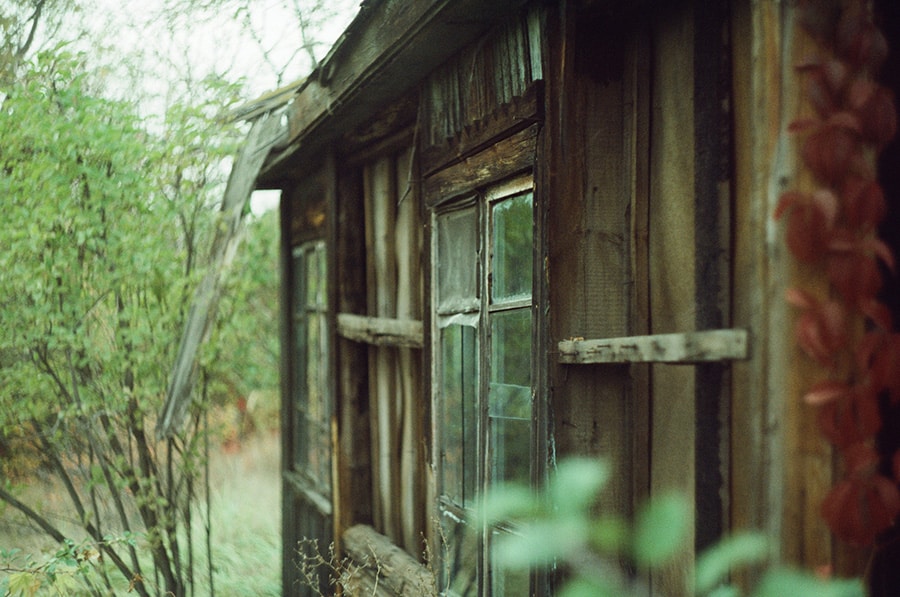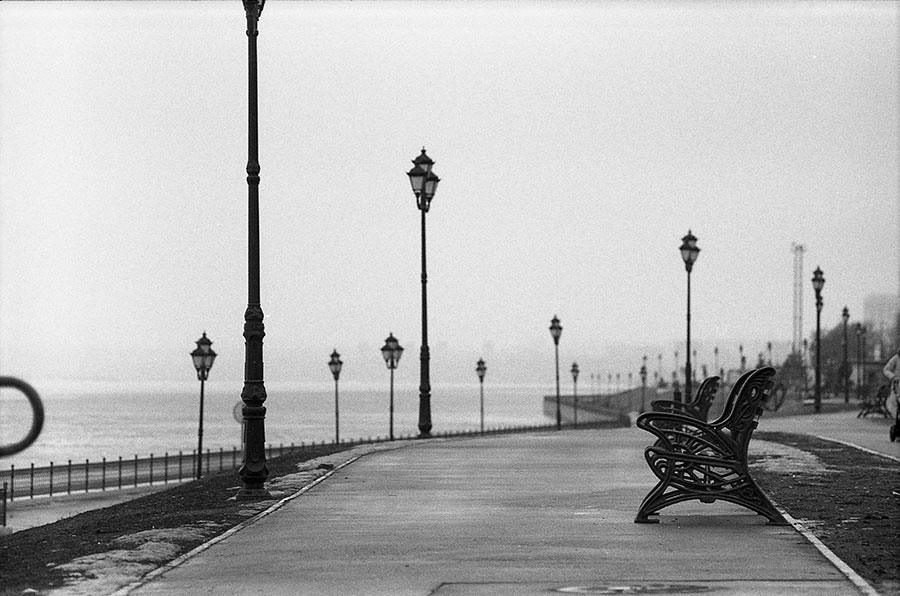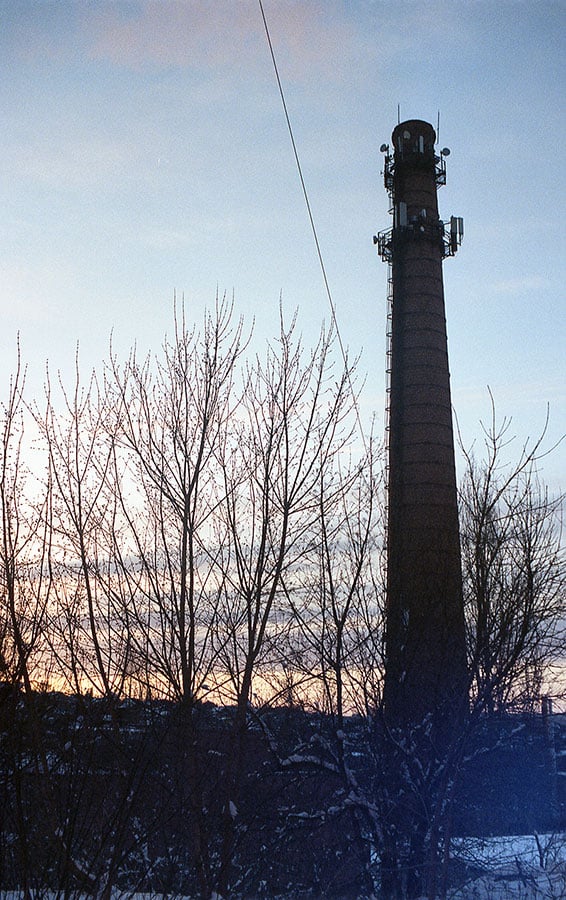Zenit-EM
The Zenit-EM is a small-format SLR camera manufactured at the Krasnogorsk Mechanical Plant (KMZ) from 1972 to 1985. In 1988, another batch was released.

Zenit EM is a Soviet camera, respectively, you can not expect too strong improvements compared to previous models. In general, the Zenit-EM camera is almost no different from its predecessor, Zenit-E.
Zenit-EM Specifications
- Type: 35mm SLR camera
- Manufacturer: KMZ plant
- Production period: from 1972 to 1985
- Format: 24x36cm on 135 film
- Lens mount: m42 thread mount
- Lens: Helios-44m f2.0/58
- Viewfinder image field size: 20×28mm
- Shutter: focal-plane shutter with speeds from 1/30 to 1/500 sec.
- Viewfinder: SLR with non-removable pentaprism
- Lighmeter: built-in selenium light meter
- Flash synchronisation: sync socket “X”, sync speeds from 1/30 s and longer.
- Selftimer: mechanical
- Weight: 1100 grams

First of all, the shutter button was changed, because the camera now has a depth-of-field preview mechanism. In addition, the ground glass was replaced by a focusing screen with a micro prism spot in the center.
The button itself was moved from the axis of the film advance lever to the upper surface of the body. Also, the camera again has strap hooks. Recall that they were absent in the Zenit-E camera.

In addition, the camera equipment has changed. Previously, the Zenit cameras were supplied with Helios-44-2 or Industar-50-2 lenses. The Zenit-ET was equipped with a Helios-44M lens with a depth-of-field preview mechanism. By the way, the letter M means “Blinking” in Russian, which indicates the presence of this mechanism in the lens.


So, as mentioned above, the Zenit-EM camera was equipped with a Helios-44M 2/58 lens. This is a further development of the Helios-44 lenses, which in turn were good clones of the German Carl Zeiss Biotar 2/58.
Like its predecessors, this lens gives simply stunning image quality with classic swirling bokeh. The lens is sharp enough even at aperture 2, and with a more closed aperture, the lens becomes even sharper and more contrast.


The camera has an M42 threaded mount, respectively, you can use a huge number of different lenses with this mount, made in the USSR and abroad. In this Zenit-EM review, for example, the team of Sovietcameras.org also used the Jupiter-37A 3.5/135 and Mir-1B 2.8/37 lenses.

No changes occurred in the shutter. The camera still has a shutter inherited from the first FED and Zorki cameras with shutter speeds of 1/30, 1/60, 1/125, 1/250, 1/500, and B. Yes, this is an extremely modest set of shutter speeds, but oddly enough, this set is quite enough for most tasks that you may encounter.

As mentioned above, Zenit EM did not have many improvements compared to previous models. Almost all the details are in the same places. The camera is still made of metal and still has an opening back cover for film loading.
As before, the Zenit-EM has a built-in exposure meter. But the team of Sovietcameras.org wants to warn you that the selenium used in these exposure meters tends to deteriorate over the years, which leads to the fact that the accuracy of the exposure meter decreases. We advise you to first check the accuracy of the exposure meter before shooting. If the exposure meter at your Zenit turns out to be faulty, then you can use a third-party light meter, or a digital camera to measure exposure.


Conclusion
So what can we say about Zenit-EM?
We can say that this is a very good camera. This is the same legendary Zenit-E, but with some minor improvements. Yes, the camera is not as good in quality as the earlier Zenits, and not as good in convenience as the later SLR cameras of KMZ, for example, Zenit-122. Nevertheless, this is a very good Soviet camera, which has absolutely everything for a good and convenient shooting in almost any environment.
ZENIT-EM PHOTOS





























